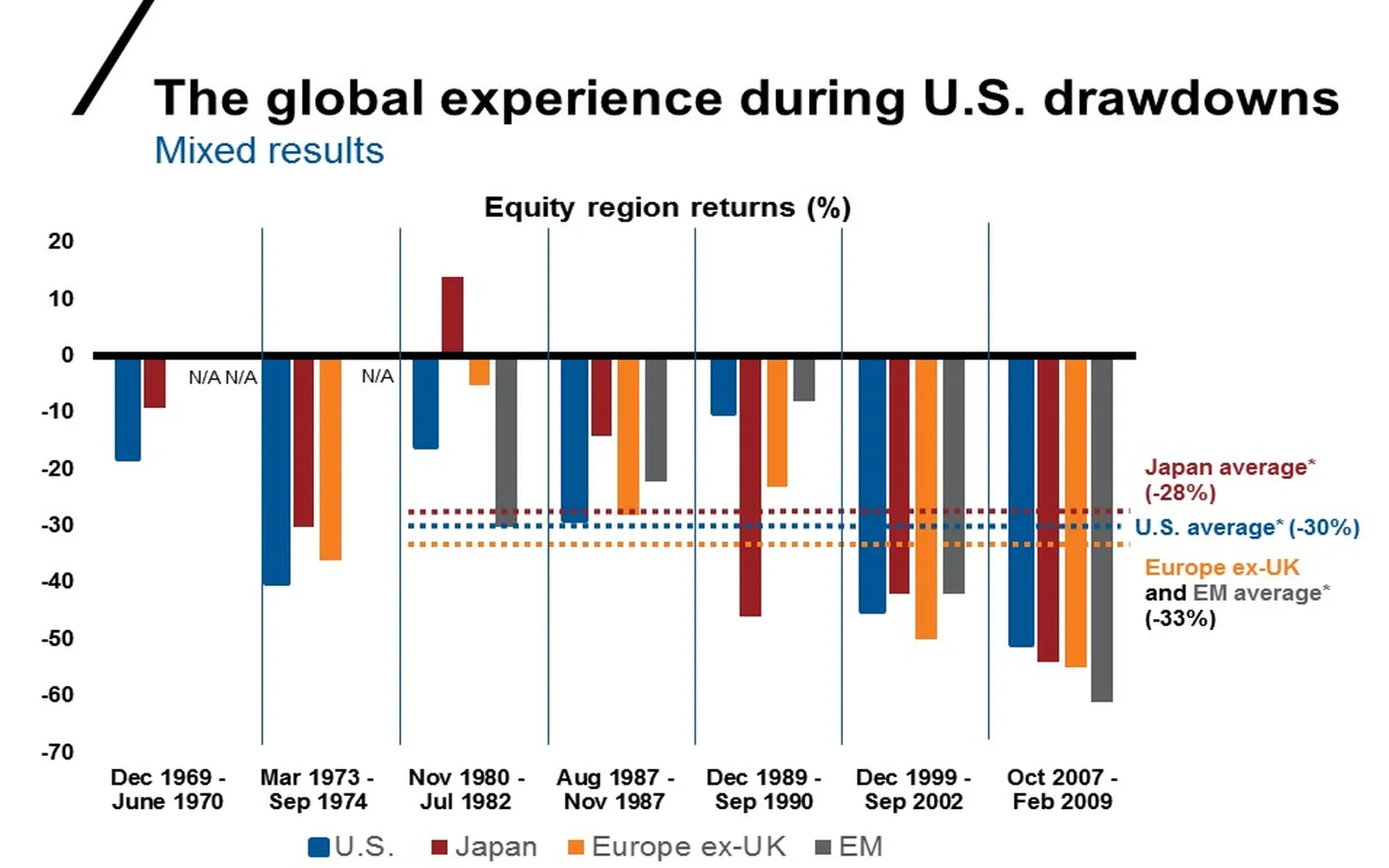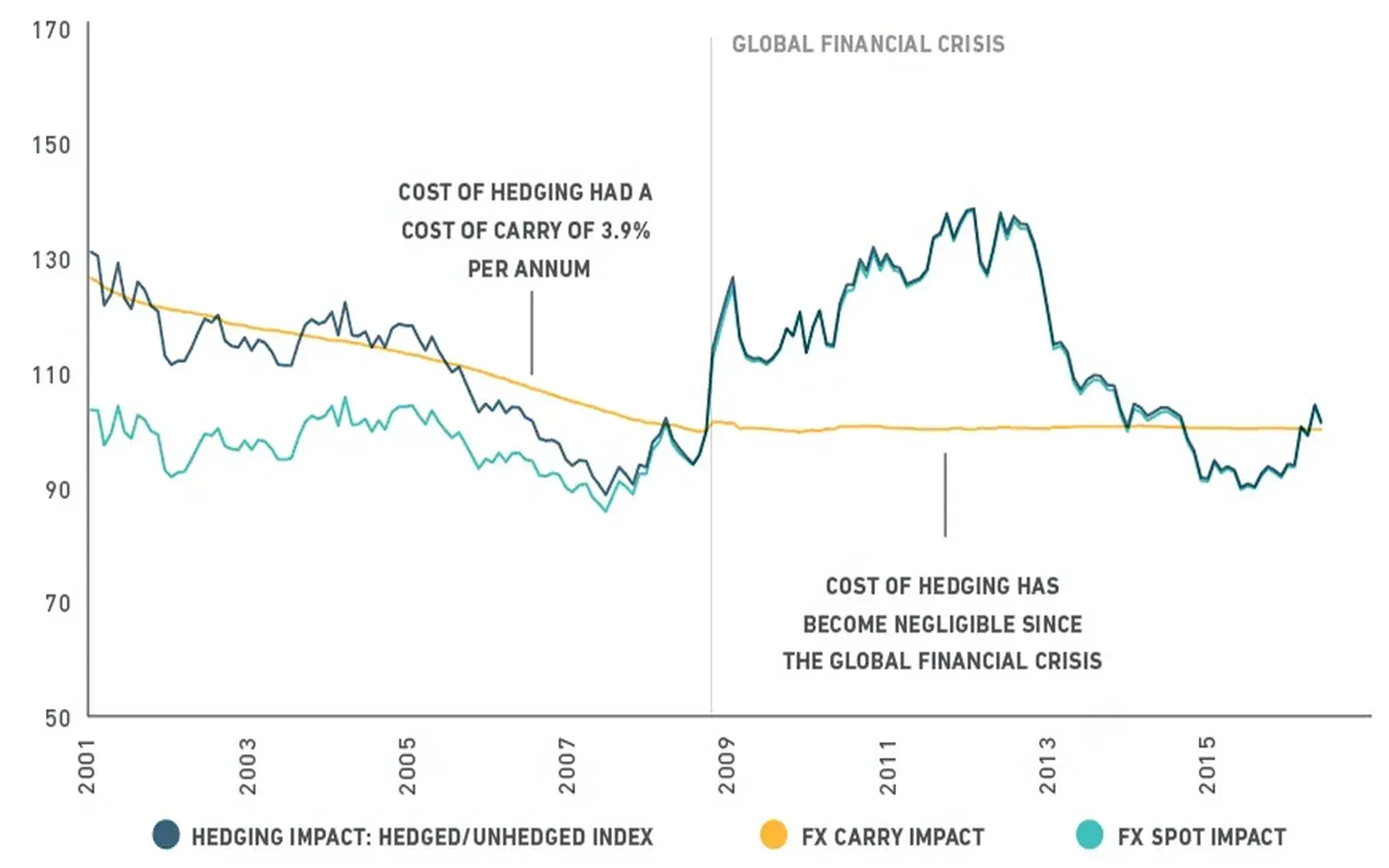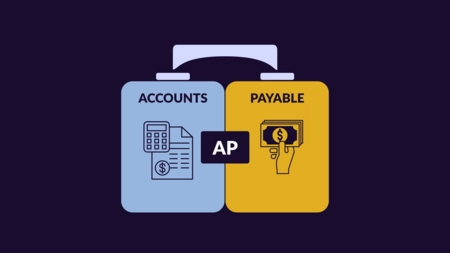Understanding Bond Laddering
Bond laddering is a strategy that involves purchasing bonds with varying maturities to create a "ladder" of bond investments. This technique is particularly effective in managing interest rate risk while providing a stable income stream. By staggering the maturity dates of the bonds, investors can take advantage of different interest rates and market conditions, ultimately enhancing their income potential while reducing overall risk.
Benefits of Bond Laddering
There are several key benefits to implementing bond laddering techniques in your investment strategy:
- Reduced Interest Rate Risk: By holding bonds that mature at different intervals, you can mitigate the impact of rising interest rates. When rates rise, newly issued bonds will offer higher yields, allowing you to reinvest the proceeds from maturing bonds into more lucrative options.
- Consistent Cash Flow: Laddering provides regular income as bonds mature at different times. This predictable cash flow can be beneficial for retirees or anyone seeking to supplement their income.
- Diversification: Investing in bonds with varying credit qualities and maturities allows for greater diversification within your portfolio. This reduces the overall risk associated with bond investing.
Steps to Create a Bond Ladder
Creating an effective bond ladder involves several critical steps:
- Define Your Investment Goals: Determine your income needs, risk tolerance, and investment horizon. This will help you decide on the appropriate mix of bond types and maturities.
- Select Bonds: Choose a variety of bonds, including government, municipal, and corporate bonds. Look for bonds with different maturities, typically ranging from one to ten years.
- Invest in Equal Amounts: Allocate your investment evenly across the different maturities. This ensures that you have a steady stream of cash flow as bonds mature.
- Reinvest Proceeds: As bonds mature, reinvest the proceeds into new bonds at the long end of your ladder to maintain the desired structure.
Chart: Sample Bond Ladder Structure for 2025
Here’s a simplified example of a bond ladder structure you might consider for 2025:
| Maturity | Bond Type | Face Value | Yield |
|---|---|---|---|
| 2025 | Government Bond | $10,000 | 2.0% |
| 2026 | Municipal Bond | $10,000 | 2.5% |
| 2027 | Corporate Bond | $10,000 | 3.0% |
| 2028 | Government Bond | $10,000 | 2.2% |
| 2029 | Municipal Bond | $10,000 | 2.8% |
Tips for Successful Bond Laddering
To maximize the effectiveness of your bond ladder, consider the following tips:
- Monitor Interest Rates: Stay informed about interest rate trends and economic indicators. This will help you make timely decisions about reinvesting your proceeds.
- Adjust Your Ladder: Periodically review your bond ladder and adjust as needed based on changes in your financial situation or market conditions.
- Consider Tax Implications: Be aware of the tax liabilities associated with different types of bonds, especially municipal bonds which may have tax-free advantages.
- Consult a Financial Advisor: If you’re unsure about bond investing or laddering techniques, consider consulting a financial advisor who can provide personalized guidance.
Conclusion
Effective bond laddering techniques can significantly enhance your income while reducing risk, making it a valuable strategy for investors in 2025. By understanding the basics of bond investing and implementing a well-structured bond ladder, you can achieve a balanced portfolio that meets your income needs and risk tolerance. Keep in mind the importance of regular monitoring and adjustments to your bond ladder to ensure it remains aligned with your financial goals.
Whether you’re a seasoned investor or just starting, mastering the art of bond laddering can lead to a more secure financial future. With the right approach, you can enjoy the benefits of steady income and reduced risk through effective bond investing.








